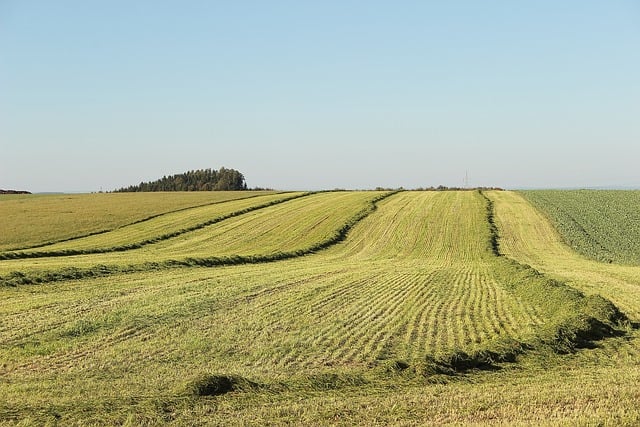Creating a pet-friendly landscape requires careful consideration to ensure the safety of household pets while maintaining an attractive and healthy outdoor environment. It's important to choose non-toxic plants that are safe for animals, such as lavender, marigolds, and impatiens, which also help create a serene space. Additionally, selecting regional native plants reduces maintenance needs and supports biodiversity. A pet-safe area should be designated within the landscape, and integrating pest-resistant plants that are less dependent on chemical treatments minimizes potential hazards. Landscaping with an eye on pet safety also includes regular soil and plant checks, weed control, and routine maintenance to prevent issues like nutrient deficiencies or irrigation problems. Seasonal changes must be accounted for to maintain the safety of plants throughout the year. Pruning regularly keeps plants in check and reduces pest habitats, contributing to a secure and healthy outdoor space for pets. By combining these practices with the right plant selection, homeowners can achieve a visually appealing landscape that is both sustainable and pet-safe.
Creating a pet-safe outdoor oasis requires careful landscaping selection. This article delves into the importance of incorporating non-toxic plants into your pet’s environment for their well-being and safety. We’ll explore key considerations in landscape design that ensure a secure setting, highlight top pet-friendly plant options, and provide practical advice on maintaining a thriving, hazard-free green space. Your pet’s health and happiness can be beautifully complemented by a landscaped yard, free from toxic elements.
- Understanding Pet Safety in Landscape Design
- The Role of Non-Toxic Plants in Pet-Friendly Landscapes
- Top Non-Toxic Plants for a Safe Pet Landscape
- Incorporating Non-Toxic Greenery into Your Pet's Outdoor Space
- Maintenance and Monitoring: Keeping Your Pet-Safe Landscape Thriving
Understanding Pet Safety in Landscape Design
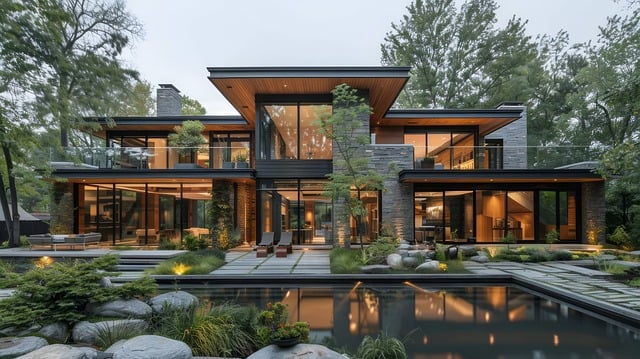
When integrating plants into your landscape design, pet safety should be a paramount consideration. Many common garden plants can be toxic to pets, leading to discomfort, illness, or even more severe health issues. It’s crucial to research each plant species and their potential hazards before incorporating them into your yard. Landscaping with pet-friendly plants not only ensures the well-being of your furry friends but also contributes to a harmonious environment. Opting for non-toxic alternatives like lavender, marigolds, and impatiens can create a beautiful outdoor space that is safe for pets to roam and explore. By prioritizing pet safety in landscape design, you can maintain both an aesthetically pleasing and a secure outdoor area for your pet’s enjoyment.
Selecting plants that are resistant to pests and require minimal chemical treatments can further enhance pet safety in your landscape. These choices reduce the risk of exposure to toxic substances often associated with traditional pest control methods. Additionally, ensuring that your pet has access to a safe, plant-free area where they can relieve themselves is an important aspect of landscaping for pets. By thoughtfully planning your outdoor space with pet safety in mind, you can create a healthy and enjoyable environment for both your family and your pets.
The Role of Non-Toxic Plants in Pet-Friendly Landscapes

Incorporating non-toxic plants into pet-friendly landscapes is a crucial aspect of ensuring the safety and well-being of our furry companions. A thoughtfully designed landscape can provide a safe outdoor space for pets to explore, offering both mental stimulation and physical exercise. The selection of plants that are non-toxic to animals is paramount, as it prevents accidental ingestion which could lead to severe health issues or even be fatal. Landscaping with these pet-safe options ensures that pets can roam and play without the risk of poisoning from common garden plants.
When planning a pet-friendly landscape, homeowners should consider the variety of plant species that thrive in their region while being non-toxic to animals. This diversity not only contributes to an aesthetically pleasing environment but also creates a resilient landscape that can withstand different conditions. Moreover, selecting plants that are native to the area often results in lower maintenance requirements and better support for local wildlife, making it an even more sustainable choice for pet owners looking to enhance their outdoor spaces safely.
Top Non-Toxic Plants for a Safe Pet Landscape
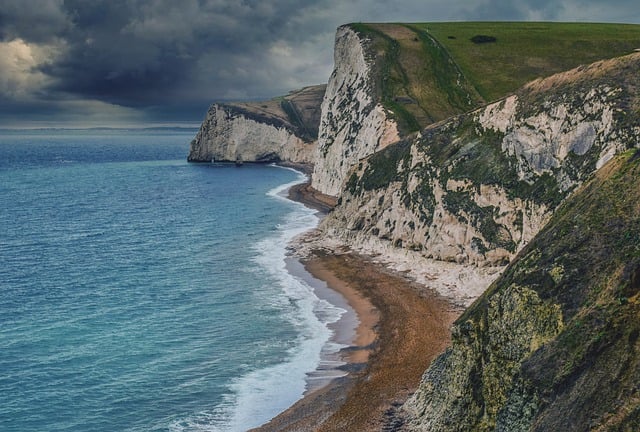
When designing a pet-friendly landscape, it’s crucial to select plants that are safe for your furry companions. A well-planned pet landscape not only enhances your outdoor living space but also provides a secure environment for pets to explore and enjoy. Among the top non-toxic plants suitable for such landscapes are the African Violet (Saintpaulia ionantha), which thrives indoors and is non-toxic to cats and dogs, making it an excellent choice for homes with large windows or conservatories. Another great option is the Spider Plant (Chlorophytum comosum), known for its air-purifying qualities and low light requirements, this plant can add greenery to shaded areas of your yard without posing a hazard to pets. The Peace Lily (Spathiphyllum), with its striking white bracts, is another non-toxic option that can brighten up a space while being safe for curious pets who might nibble on its foliage.
For pet owners looking to add a splash of color and fragrance to their landscape, consider the Petunia (Petunia x hybrida), which is not only non-toxic but also blooms in a variety of vibrant colors. These flowers can be planted in flower beds or hanging baskets, providing a visually appealing and safe addition to your pet-friendly garden. When planning your landscape with these and other non-toxic plants, remember to consider the specific needs of each plant species, such as their sunlight requirements and water preferences, to ensure a thriving and beautiful pet landscape all year round.
Incorporating Non-Toxic Greenery into Your Pet's Outdoor Space
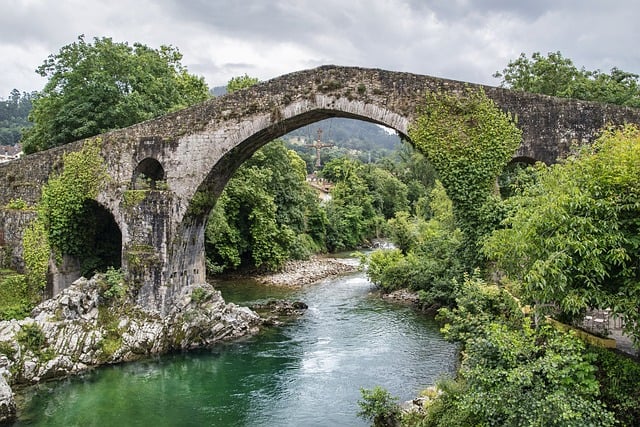
When designing an outdoor space for pets that includes greenery, prioritize plant selection carefully to ensure a safe and thriving environment. Opting for non-toxic plants from your landscape design not only adds a touch of natural beauty to your pet’s domain but also protects their health. Among the safest choices for pet-friendly landscaping are varieties such as the spider plant, which is known for its ability to purify the air and thrives in various lighting conditions. Another excellent option is the rubber fig, a hardy plant that can withstand different climates and is generally considered non-toxic to pets. These plants not only enhance the aesthetic appeal of your outdoor space but also contribute to the well-being of your furry companions.
Incorporating pet-safe greenery into your landscape design requires careful planning to create a harmonious balance between beauty and safety. Consider adding herbs like basil or mint, which are not only non-toxic but also offer aromatic benefits that can help repel pests naturally. Additionally, tall grasses like fountain grass can provide a playful environment for pets to explore while adding an element of natural movement to your landscape. The key to successful pet-safe landscaping is selecting species that are specifically known to be non-toxic and understanding their environmental needs to ensure they thrive and remain a safe addition to your pet’s outdoor space.
Maintenance and Monitoring: Keeping Your Pet-Safe Landscape Thriving
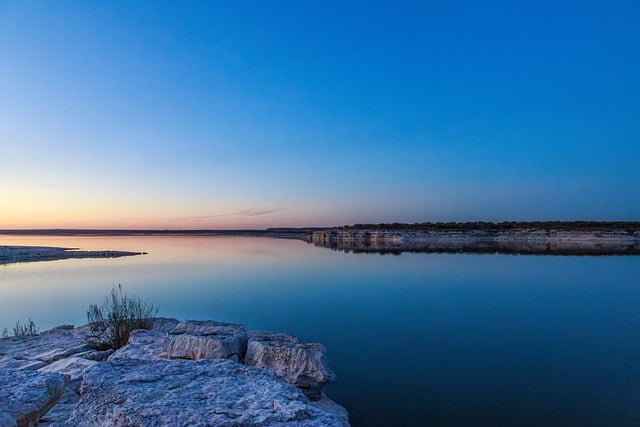
Maintaining a pet-safe landscape requires consistent care and vigilance to ensure it remains both beautiful and secure for your furry friends. Regular watering and fertilization are key components of landscaping maintenance, promoting healthy growth and deterring the proliferation of harmful substances that could be toxic to pets. Monitoring soil pH levels and adjusting as necessary will prevent the growth of plants that might otherwise become hazardous. Additionally, keeping up with weeding not only maintains aesthetic appeal but also helps in preventing accidental ingestion of non-native plants that may pose health risks to your pets.
Monitoring your pet-safe landscape is essential for its continued safety and vitality. A routine inspection can detect any emerging issues, such as wilted or discolored foliage that might indicate a need for additional nutrients or a potential problem with the irrigation system. It’s also important to be aware of the changing seasons and how they affect your landscaping choices. For instance, certain plants may become toxic when exposed to cold temperatures or during their dormant periods, so staying informed about your plant selection’s lifecycle is crucial for year-round safety. Regularly trimming overgrown branches and maintaining clear pathways within the landscape will not only enhance accessibility for both pets and owners but also ensure a safe environment where plants are kept at manageable sizes and potential hiding spots for pests are minimized.
When designing a pet-friendly outdoor space, prioritizing safety and selecting non-toxic plants are key for a harmonious landscape. This article has outlined essential considerations for creating a pet-safe haven, emphasizing the importance of each plant choice and its role in a thriving garden environment. By incorporating the top non-toxic plants listed, pet owners can ensure their furry friends remain unharmed while enjoying the benefits of a well-designed landscape. Regular maintenance and vigilance are crucial for keeping this greenery vibrant and your pet secure. With these guidelines in mind, you can transform your outdoor space into a pet-safe oasis that both you and your beloved companion can enjoy with peace of mind.
